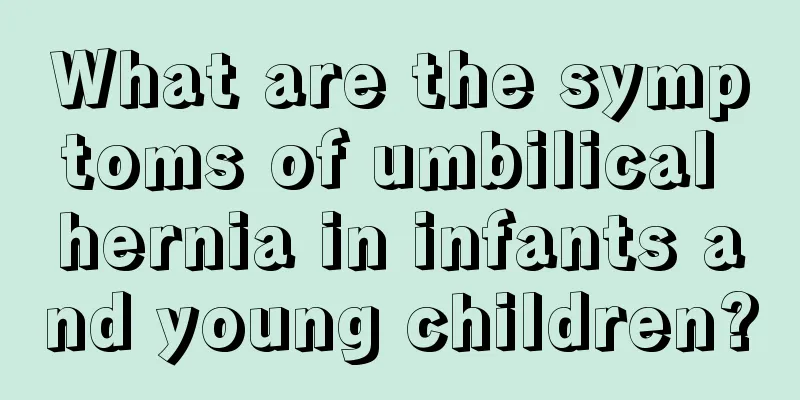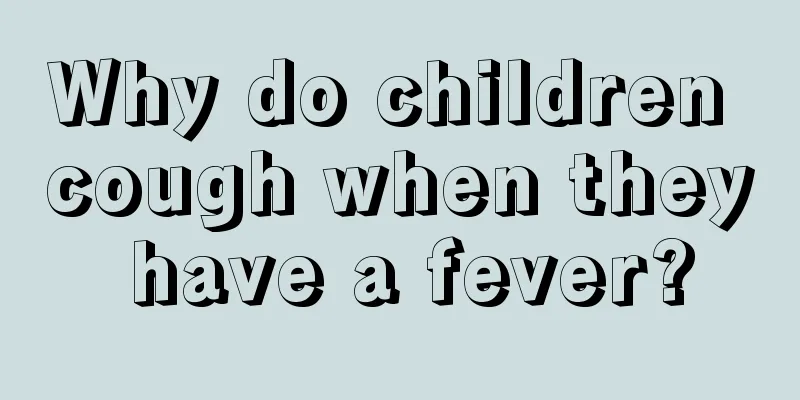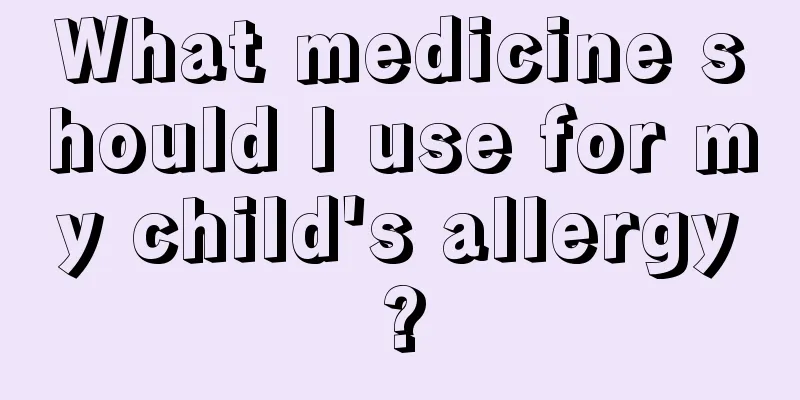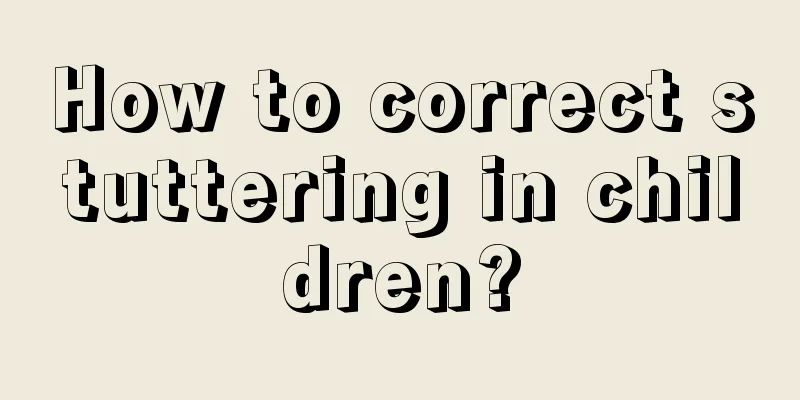What are the symptoms of umbilical hernia in infants and young children?

|
Among the most common diseases in infants and young children is umbilical hernia. Children with umbilical hernia will have many complications, which will also lead to increased pressure in the abdominal cavity and be accompanied by a variety of small intestine and large intestine diseases. Therefore, children with umbilical hernia should be treated and prevented in the early stage. Clinically, it is divided into two types: infant umbilical hernia and adult umbilical hernia. The former is much more common than the latter, and umbilical hernia in adults is relatively rare. Umbilical hernia in infants and young children is a congenital disease in which the contents of the abdominal cavity protrude outward through the umbilical ring. The incidence rate is second only to congenital inguinal hernia, with an incidence rate of about 2.6%. It is more common in girls than in boys. The incidence rate is relatively high in premature infants and low-birth-weight infants. It has a familial tendency and is related to race. Long-term constipation and crying in infants and young children can also contribute to the occurrence of umbilical hernia. Except for a very small number of cases that are the continuation or recurrence of infant umbilical hernia, umbilical hernia in adults is generally an acquired disease, with a prevalence rate of 6% of all abdominal wall hernias in adults. In addition to incomplete closure of the umbilical ring or weak umbilical connective tissue, its main cause is increased intra-abdominal pressure, such as multiple pregnancies, chronic cough, ascites, etc. The hernia contents are mostly the greater omentum, followed by the small intestine, colon, etc. Umbilical hernia in adults cannot heal on its own and there is a risk of incarceration, so it should be treated actively. What are the symptoms of umbilical hernia in infants and young children? 1. Generally, the following clinical manifestations and signs can be diagnosed as umbilical hernia in infants and young children. 2. After the baby is born, there is a semicircular swelling on the navel, which is mostly the size of a thumb and soft in texture. The umbilical mark can be seen in the lower half of the swelling. 3. The swelling increases in size when the child cries or exerts force, and shrinks or disappears when the child rests quietly or is squeezed with the hands. |
<<: What should I do if my child has astigmatism?
>>: Will babies get constipated if they drink less water? Don't be fooled by these illusions
Recommend
Sleep myoclonus in children
Sleep myoclonus in children is a type of epilepsy...
Parenting tips to help children grow
Children are the future of a country, and they ar...
What kind of milk powder should I choose for my nine-month-old baby?
Many women have had the experience of choosing ba...
What to do if children have dry and itchy throat?
When children are young, they always have problem...
Height of a two and a half year old baby
Two and a half year old babies have started to wa...
Why can't children crawl?
Parents who have raised babies know that babies c...
Does tattoo have any influence on college entrance examination?
Tattoos are loved by many young people, and even ...
Causes of a baby's big belly
Young children are very young and do not know whi...
Why does my child have no snot but keeps sniffing his nose?
Children are prone to runny noses. Parents need t...
What are the growth and development standards for children?
As the baby grows older, he or she will be more w...
3-year-old child complains of chest pain at night
When babies are young, it is a critical period fo...
Why do children have thick white tongue coating?
Why do children have thick and white tongue coati...
What are the causes of leg cramps in children?
Sometimes it is very worrying for adults when chi...
What are the medicines for infant jaundice?
Jaundice is a common skin disease in newborns. It...
Does musk have any effect on children?
Musk is a substance secreted from the navel of an...









